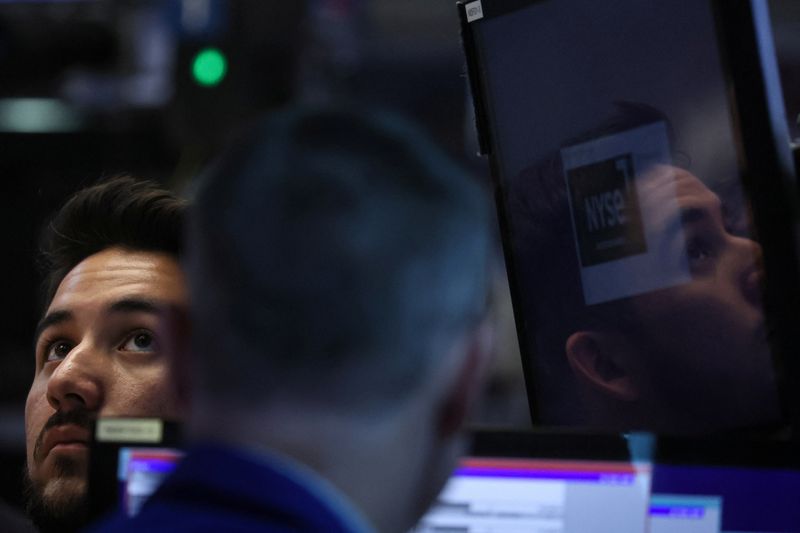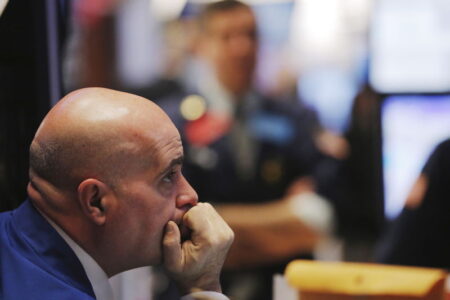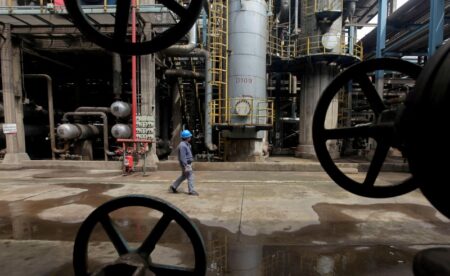Investing.com — The Federal Reserve’s decision to cut interest rates by 50 basis points has sparked a strong movement in the markets, but many wonder what the much-anticipated dovish shift means beyond the near-term reaction.
The Fed’s move on Sept. 19 was widely anticipated, with the central bank also promising an additional 50 basis points of cuts before the year’s end. This initially triggered a rally, sending the to new all-time highs before a “sell-the-news” reaction pushed markets slightly lower by the end of the day.
In the short term, this dovish move has left markets in a generally constructive position. The major risk factors remain potential negative economic data, but the current economic calendar is light until early October.
Without the threat of significant earnings reports or major economic releases, investors appear to be operating in an environment that is “1) easing Fed, 2) slowing but ‘OK’ economic data, and 3) generally solid earnings,” Sevens Report said in a recent note.
Cyclical sectors, including energy, materials, consumer discretionary, and industrials, are expected to outperform, while technology may lag in the near term.
However, the longer-term implications of the Fed’s decision may be more complex. The key question for investors is whether the Fed acted in time to stave off a broader economic slowdown.
According to the Sevens Report, if the rate cuts are timely, they could lead to falling yields, strong earnings growth, and positive economic tailwinds. This would likely result in continued upward momentum for stocks, with the potential for the S&P 500 to hit 6,000.
“I say that confidently because the Fed cutting in time would create this macroeconomic outcome: 1) Falling yields, 2) Continued very strong earnings growth, 3) Positive economic tailwinds, 4) The prominent existence of the Fed put and 5) Expectations of accelerating growth in the future,” President of Sevens Report wrote in the note.
On the other hand, if the Fed’s actions were too late to prevent an economic downturn, the market could face significant risks.
In such a scenario, the S&P 500 could fall to around 3,675, marking a sharp decline of over 30% from current levels. This downside risk mirrors market corrections seen in previous downturns, such as those in 2000 and 2007.
As the markets digest the Fed’s moves, future economic data will become crucial in determining whether the central bank’s policy was effective.
More concretely, investors will need to keep a close eye on upcoming releases to gauge whether the Fed has successfully navigated the economy away from a recession or if further challenges lie ahead.
Read the full article here















